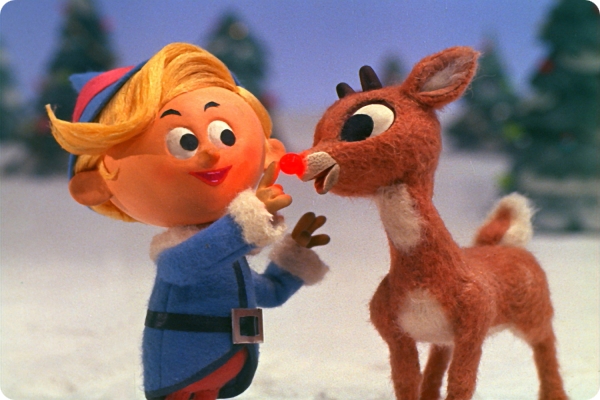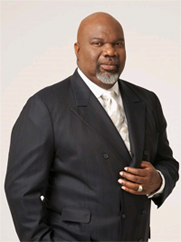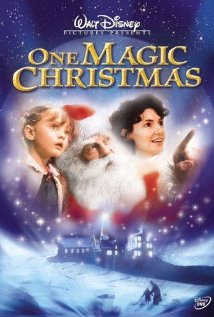
Yes, Rudolph has its fans, but he also has his share of haters as well. Some hate the fact that “nobody let Rudolph join in on the reindeer games” or that they didn’t appreciate him until he proved he could do something with that red light bulb of his. Yes, the story can be dark at times, but honestly, these people are missing the point. A story needs to have a conflict in order for it to me entertaining. Who would want to watch “Rudolph, the Socially-Accepted Reindeer?”
Rudolph is one of the best anti-bullying stories around. This is something almost all children are familiar with but tend to forget about when they grow up. Whether your child is the bully or the bullied, everyone can relate to this story.
Like children who don’t wear the latest fashion in clothes, Rudolph wasn’t like the other reindeer. While they all had nice black noses, he was only one with a different color. To make matters worse, it also lit up. Not all that different from being the only “black” kid in a “white” neighborhood, right?
Rudolph was also mistreated as if he had some strange handicap. Instead of befriending him and learn from his differences, the other reindeer decide to make fun of Rudy instead. Years ago, people with disabilities (or in this case, perceived disabilities), were treated as if they were not able to contribute to society. Rudolph’s “condition” didn’t keep him from performing well, (he was super-fast), but it was his “perceived” disability that caused others to not give him a chance. His only “fault” was that he was different.
Rudolph’s red nose scared everyone around him, including his parents. He was shunned like the Hunchback of Notre Dame. It’s not a lot different in the human world. People are afraid of what they don’t understand. Instead of asking questions, the woodland creatures just pretended that Rudolph didn’t exist. Rudolph’s only friend, Clarice, thought nothing of his rosy appearance and fell in love with him. This was to the dismay of her father who forbade her from socializing with “his kind” as if reindeer with red noses thought and did things differently than those with black noses.
Of course, Rudolph wasn’t alone with this condition. Over with Santa lived Hermey, an elf that is “supposed” to enjoy making toys because, well, he’s an elf. He didn’t and wanted to be a dentist. Many years ago, left-handed children were forced to write with their right hand because leaders thought that was the “correct” way to write. Because writing with their right hand didn’t come naturally to them, many felt like something was wrong with them. Because Hermey didn’t want to build toys, he felt that something was wrong with him too. Hermey faced the same dilemma many adults do. All men are “supposed” to enjoy football, fishing and cars. Women are “supposed” to enjoy scrapbooking and dress-making. But what happens when the men are more interested in the arts than they are “supposed to” and women would rather change their own oil thank you very much? They can either conform to what society tells them or take a stand to live the life that they want for themselves.
As life does, Rudolph and Hermey find each other and consider themselves to be a pair of misfits that nobody in Christmasville could love or understand. They decide to run away together and wind up on the Island of Misfit Toys. For a moment, they feel like they are home, but after close inspection, they realize that these toys are not considered misfits because they are broken or have sharp edges. No, they are misfits because they are not perfect. Some of the toys’ errors appear to be obvious like the train with square wheels, but others like the doll, don’t have any signs of being a misfit. Perhaps they told themselves that they were not “good enough” to be loved “as is” and see themselves as unlovable. Who knew that the North Pole was so dysfunctional?
About two thirds of the way through the story, Rudolph grows up and realizes that he can’t run away from his troubles. He returns home, only to be mocked again by the other reindeer. Life seems to be repeating itself, but like Taylor Swift, he shakes it off. After some other adventures, Rudolph and Hermey are reunited with their family and friends and are warmly greeted by those who earlier pushed them away. This is a point in the story that many adults tend to forget. The special clearly states that the others realized that they were too hard on the “misfits” and even Santa realized that he was wrongs. He tells Rudolph, “I promise, as soon as this storm lets up, I’ll find homes for all of those misfit toys.” (A toy can never be happy unless they are loved by a child). Even Donner apologizes to Rudolph for his actions toward him. Hermey’s supervisor also tells him that he can open up a dentist office that week. After Christmas of course.
The next day the weather looked frightful and Santa announced that Christmas would be cancelled. It is only then that he notices that Rudolph could not only be usual, but he could actually be “extra” useful. Not just good enough to join in with the other reindeer, but actually lead the pack.
So, yes, Rudolph’s family and neighbors were cruel to him and pre-judged him but they learned the error of their ways and repented. Rudolph was the underdog who rose to be on top. It’s a great lesson for all of us to re-learn each year.

